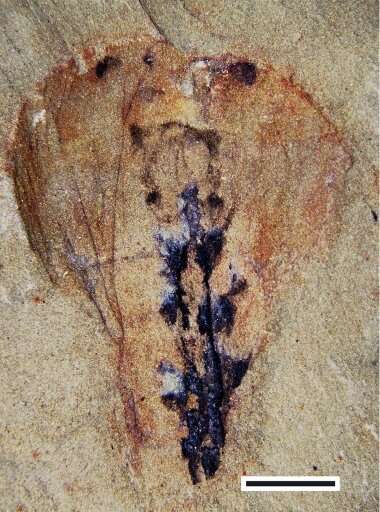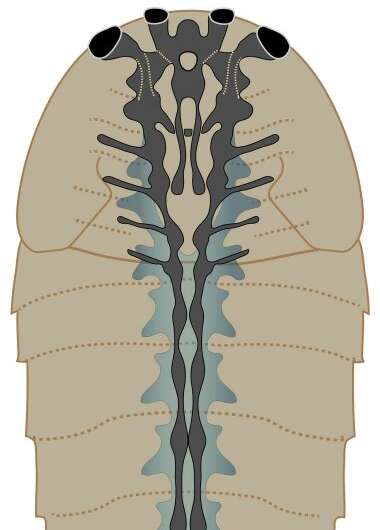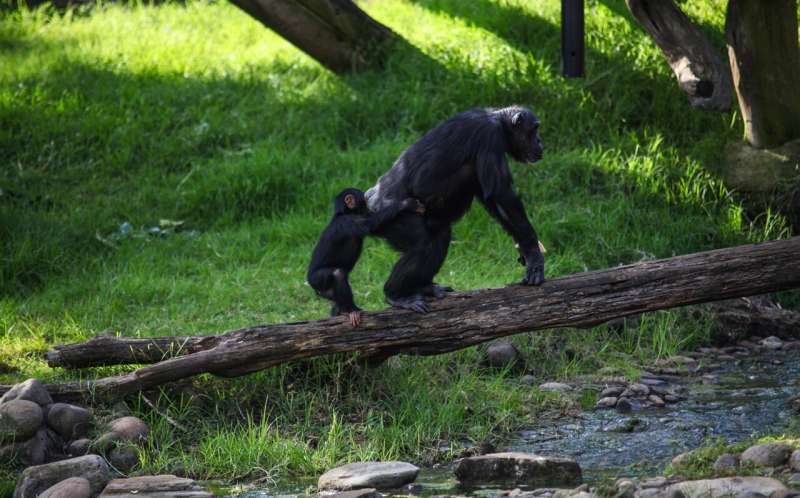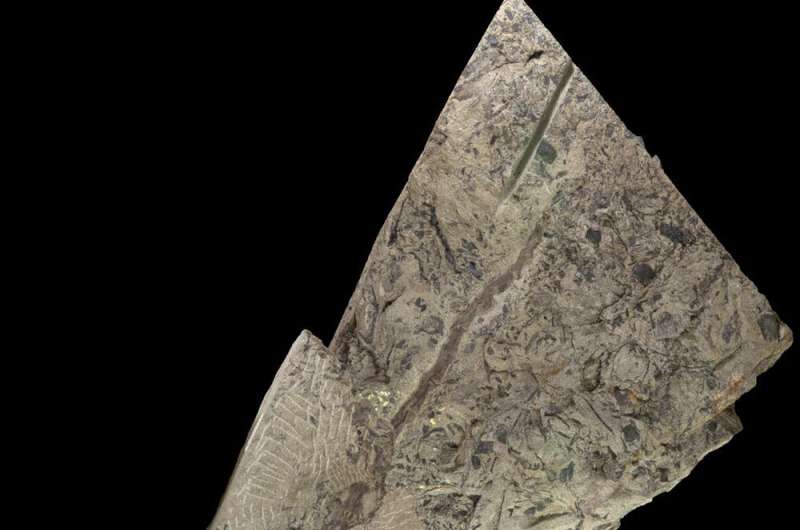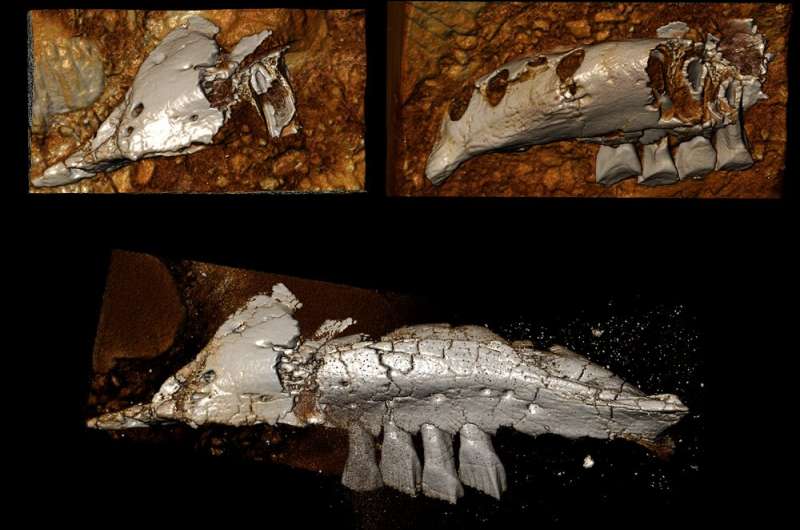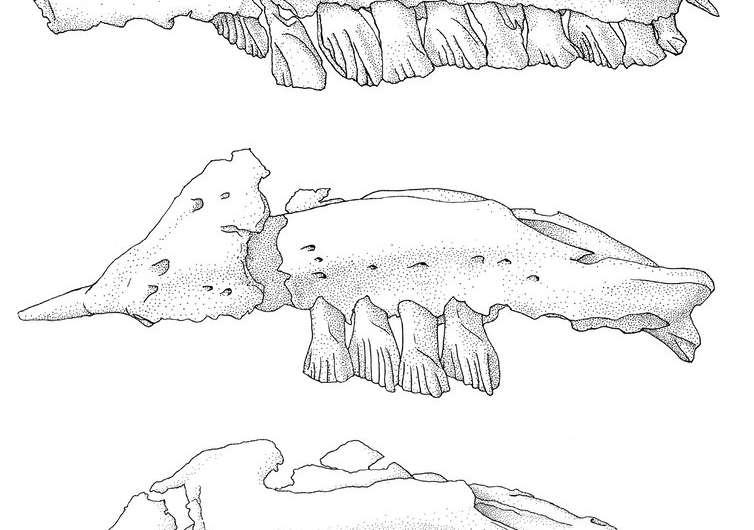Issued on: 20/08/2021 -

Text by: Monique El-FaizyFollow
As cases of Covid-19 are once again on the rise in the United States, President Joe Biden is playing tough with Republican governors who oppose mandatory masks in schools, instructing his secretary of education to use all available means to protect children.
With his announcement Wednesday that he was directing the Department of Education to use “all available tools to ensure that governors and other officials are providing a safe return to in-person learning for the nation’s children", Biden threw the first punch in the fight with state Republicans who oppose mask mandates in schools.
“If you aren’t going to fight Covid-19, at least get out of the way of everyone else who’s trying,” he scolded Republican governors who were prohibiting school districts in their states from requiring that students wear masks in class. “We’re not going to sit by as governors try to block and intimidate educators protecting our children.”
Secretary of Education Miguel Cardona got more specific about the administration’s plan of attack, saying he may use the department’s civil rights arm to fight anti-mask mandate policies in Florida, Texas, Iowa and other Republican-led states that have forbidden public schools from requiring masks in classrooms. In total, seven states have banned school districts from requiring masks, though Texas announced late Thursday that it would stop enforcing its ban because of ongoing court challenges.
Going to battle
Using civil rights laws against states in such a public manner would be a muscular manoeuvre – and a somewhat unusual one.
“Biden has put on the gloves to do battle with governors,” said Stan Pottinger, a former director of the office that Cardona would use to take on the Republican governors. “I think it’s unusual and I think the last time that it happened on a grand scale was in the school desegregation cases of 1970 when Nixon required governors and school districts to desegregate with bussing.”
Pottinger was the assistant Attorney General in charge of the Civil Rights Division of the Justice Department at the time and oversaw those efforts. At the base of their legal argument was Title VI of the Civil Rights Act of 1964 and is one of the laws Cardona has in his arsenal in the battle against the Republican governors who oppose mask mandates.
The other law Cardona may use is Section 504 of the Rehabilitation Act of 1973, which holds that students are entitled to a free, appropriate public education. Title VI prohibits discrimination based on race, color or national origin. If states are found to be in violation of these laws, they risk losing federal funding.
The Biden administration could investigate districts to determine if state policies constitute civil rights violations, as well as look into complaints by parents and activists. Students with disabilities, low-income students and students of colour have suffered disproportionate setbacks since Covid-19 prompted districts to adopt remote learning. If found to be in violation of federal law, local authorities could lose their federal funding.
“Biden is now going to be fighting with governors over this issue using these two laws and the Department of Education as his boxing gloves,” Pottinger said. That will likely mean going to court, which will be a “long, long process", he said.
The problem is the remedy. “Under Title VI, the remedy is the termination of funding,” Pottinger said. “Does that really happen? That has always been a sledgehammer which, because it is so enormous, is very rarely imposed.”
Pulling money from school districts would both be politically unpalatable and harmful to children. “That has never been a very good remedy,” Pottinger said. “You have this bittersweet irony: in order to save the children you have to destroy the school system. Would they really do that?”
Jeannie Suk Gersen, a constitutional expert and professor at Harvard Law School said that the threat of losing money may well be enough to motivate states to change their policies. While the public nature of Biden’s announcement is notable, the federal government often uses the threat of withdrawal of federal funds to persuade states to comply with federal law, she said.
“The idea is, they’re saying, ‘We’re spending this money and, in exchange, you have to not do this thing that we’re prohibiting, such as discrimination,'” she said. “Title IX is an example that many people have heard of . Title VI works exactly the same way. Title VI is about race discrimination whereas Title IX is about sex.”
Gersen said that while it is more public in the current tussle over mask mandates, this dynamic is always at play when federal dollars are involved. “Essentially, this is the federal government saying, 'hey, here are the laws that you have to obey and the condition is that you obey the laws if you want the funding' … ultimately the threat [of losing funding] is behind everything that happens. This is just making it explicit.”
Pottinger pointed out that during the Nixon Administration, 96 percent of school districts desegregated before they lost their federal funds. “The threat itself sometimes works,” he said.
Politics, more than policy
At its core, the dispute over masks is a political fight masquerading as a legal fight, said Jocelyn Johnston, a professor in the department of Public Administration and Policy at American University,
“Banning the mask mandate, telling people that they shouldn’t have to wear masks, it’s all political. It’s certainly not public health,” Johnston said. “Banning that life-saving measure is so absurd.”
The Centers for Disease Control and Prevention recommends universal mask wearing in classrooms for both students and teachers.
Johnston noted that education is often the arena in which political battles between the right and the left are played out. But this one is unlikely to be resolved there. “This is going to end up in the courts, almost certainly,” she said.
By making his fight with the seven Republican governors public, Biden has marched squarely into local disputes over how to control Covid-19 in schools, a debate that has far more to do with political polarisation in the United States in the aftermath of the Trump presidency than it does with public health. Those who are against mask mandates cite their belief that individuals should be free to make their own choices as to whether or not they wear masks.
While the majority of the public generally backs requiring students, teachers and administrators to wear masks in schools – favored by 69 percent of Americans, according to a recent poll – that picture changes when broken down along party lines. Support for school mask requirements is nearly universal among Democrats, 92 percent of whom are in favour of such measures, as opposed to only 44 percent of Republicans.
Passions are high on both sides – and so are the stakes. “This a situation of life and death, and the very important topic of students being able to access education on an equal basis,” Gersen said.
Given the urgency and the importance of mask mandates, Pottinger thinks Biden was right to take such a creative and bellicose approach. “I think it’s appropriate, I think it’s imaginative, I think it should be done because I believe a mask mandate saves people,” he said.





